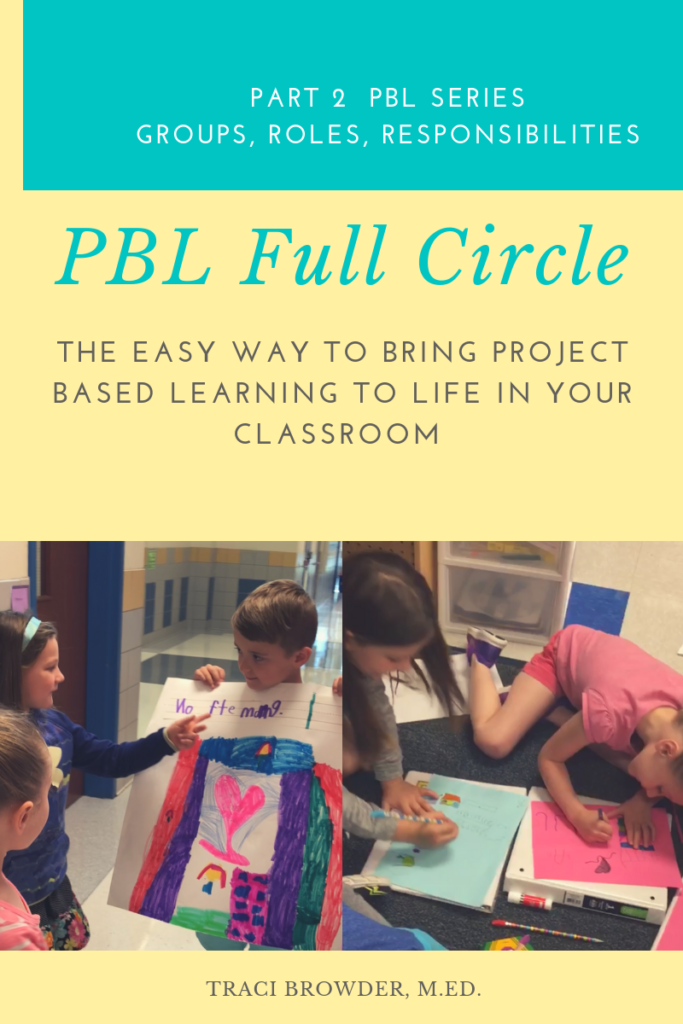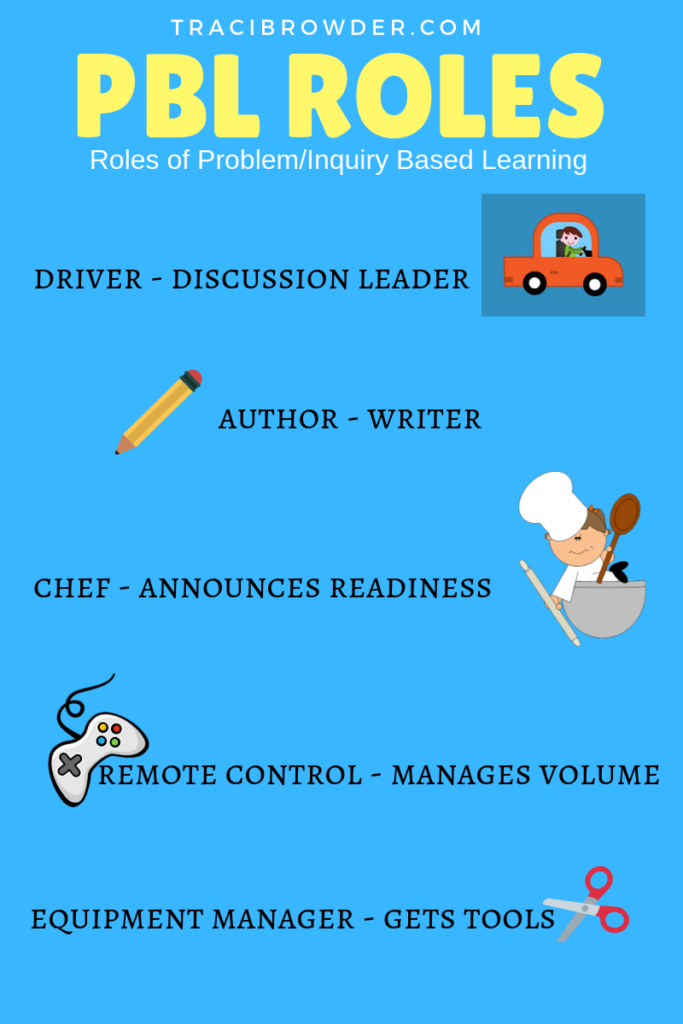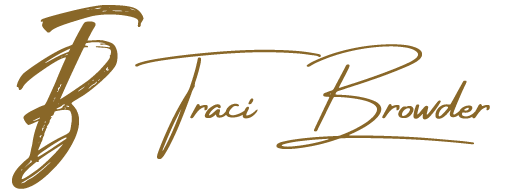
You’re thinking about Problem/Inquiry Based Learning.
It sounds good in theory.
But all the chaos, noise, uncontrolled groups…not so sure.
Stay with me for a few moments.
In last week’s Segment 1: Getting Started those myths were clarified. We took a look at the 6 Essential Elements of PBL and this week, we are ready to jump into the roles and responsibilities of students as they participate in PBL.
Two elements essential for a successful PBL environment are student choice and student ownership. Implement these elements from the beginning by explaining roles and responsibilities and inviting students to choose their own groups.
My classroom runs independently because expectations have been clearly set, modeled, and thoroughly discussed. Be very intentional about setting expectations each step of the way while implementing PBL.
Students need to understand roles in the very beginning before group selection begins to help them be strategic in choosing their group members. In lower grades, if a group doesn’t have student who is a strong writer, for instance, you may have to make suggestions to modify the group. You may be thinking, “This is an opportunity for budding write to grow.” I tend to not want to put pressure on a student with other students eagerly tossing out ideas and them needing to be recording quickly.
As great educators, we provide numerous opportunities for all students to excel, keep that in mind as you’re making your decisions and don’t let this one experience add teacher guilt or pressure to your mindset. The groups begin to move at a fast pace and you’ll want each role owner to feel comfortable and excel. You’re empowering students to make some of the same decisions we as teachers make when we are preparing to group students.
Before students accept your invitation to choose their own groups members, remind students to:
- Express kindness while choosing peers
- Be inclusive instead of exclusive
- If your group has its designated number of members, yet another student wants to join your group, simply say, “Our group has its’ four members, would you like me to help you find a group?”
At this point, students will have accepted your invitation to choose their group members. You are like the driver’s ed teacher. You’re monitoring, guiding, but their free to choose.
{Behind-the-Scenes Moment: Because I facilitated PBL last year, on my Day One this year, I chose to show my class video segments from my student groups last year working in PBL. I invited the students to discuss what they observed and the observations would become the guiding principles for our groups. It’s important to show students where they’re going so they understand how to get there. Model using videos/live examples whenever possible.}
Once students have chosen their groups, bring them back together. Quickly analyze each group and make sure there is someone in each group who is a good fit for each role.
The next step is allowing them to get back in their groups and agree upon roles. Before you release them to do this, you’ll have an extensive conversation about the responsibilities of each role so that members are mindful about their choices. Give them your disclaimer that if necessary, you may have to discuss certain roles within the group once they’ve chosen. This helps turn what could be disappointment into students viewing the conversation as mere guidance to maximize their experience.

I love the discussions I observed my students having as they were choosing their roles.
As group members begin to make their role decisions, you’ll notice the chef will come to you to let you know their group is ready. You’ll see a group’s newly identified equipment manager getting materials such as the paper and pencil. The author will begin writing names into the various roles.
The final step for this day of group and roles selection is to bring everyone together once again and have an even more specific and meaningful conversation with role owners. Following are sample conversations you can have with each role group to help them understand their responsibilities.
“Chefs, raise your hand (or stand up), please. Congratulations. Your job is extremely important! You are the only one in your group who gets to come to me with questions your group may have, challenges you need to discuss, or to let me know you’re ready for the next step. If you need to talk to or interview someone, if you need to go to the library, you will be the one to let me know.”
“Authors, you must listen to each group member. Everyone’s voice is important. Only write what the entire group has agreed upon, not just what you want to write.”
“Drivers, you must be patient, kind, and inclusive. Your job is just like mine, you’re kind of like the teacher of your group. You will be the one who says things like, ‘Now we need to decide what we want to choose as our problem’ (topic for an upcoming segment). You will make sure everyone has an opportunity to speak.”
“Remote controls, your job is very important. You must make sure that even through all the excitement, the volume is relatively low since we will all be in groups at the same time. You will also remind your friends to stay focused and on task (my remote controls have never had to do this because they own their learning!).”
“Equipment managers, you are the ones who make the greatness happen! After your group decides on the problem/what they are exploring, the group will decide on what materials are needed. Does your group need an Ipad to research? Do you need magazines to analyze if your product will be in the form of a magazine?”
You are now ready for a successful day of group and roles assignments. How are you feeling about it? What questions do you have? If you’ve tried PBL before, what suggestions can you add to this process?
Questions you’d like to see addressed in upcoming segments? I’d love to hear them! Share in the comments section.
Stay tuned for the next segment in the series which will explore facilitating the process and what effective PBL looks like in full motion.
